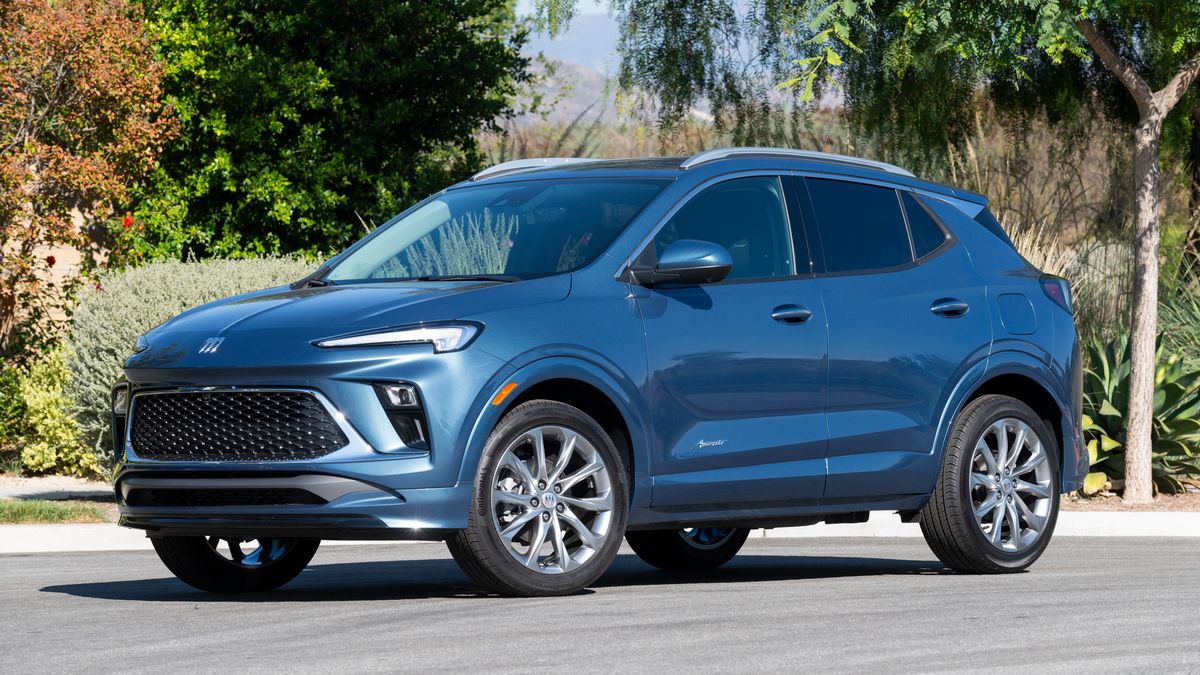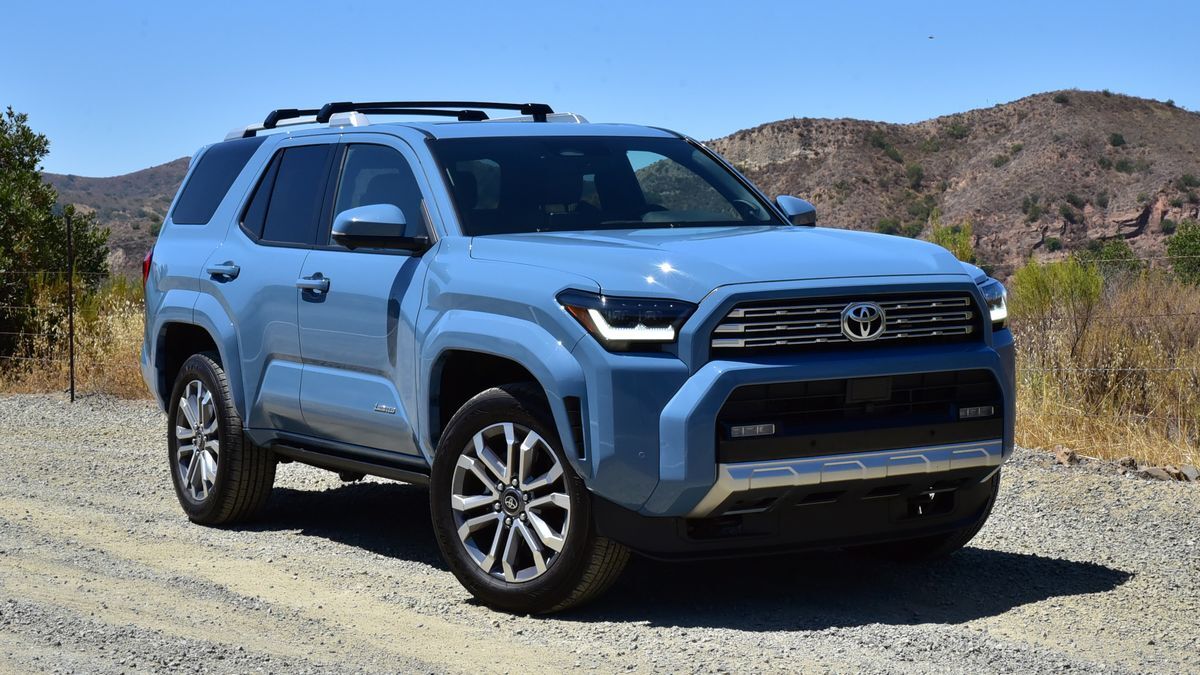
The Dealertrack Credit Availability Index tracks data from car loan applications to indicate whether access to auto loan credit is improving or worsening. It fell 0.8% in May, showing that loans grew slightly harder to get during the month, but dropped from a historical peak. Auto credit was easier to find in April than at any point since the index began tracking in 2015.
The index is a product of Kelley Blue Book parent company Cox Automotive.
The change is no surprise. The Board of Governors of the U.S. Federal Reserve System (commonly called “The Fed”) raised interest rates in May specifically to rein in big-ticket purchases like homes and cars. Economists consider this the Fed’s most effective tool to try to control inflation.
But the Fed’s move could have a limited effect on the car market. The main factor driving high car prices has been a thin supply of new cars thanks to the ongoing microchip shortage, which is largely outside of banks’ control.
Lending standards for new car loans tightened more than those for used car loans in May.
Since the start of the COVID-19 pandemic in late 2019, the terms of the average new car loan have changed considerably. Approval rates have increased slightly, terms have lengthened, and the average down payment has shrunk. All these factors made credit more accessible. But negative equity has increased – meaning that more borrowers owe more than their car is worth.
Americans appear to be tightening their belts as inflation spreads. According to the Conference Board, consumer confidence declined 2.0% in May. The number of Americans planning to buy a new car has declined, though it remains higher than a year ago.







